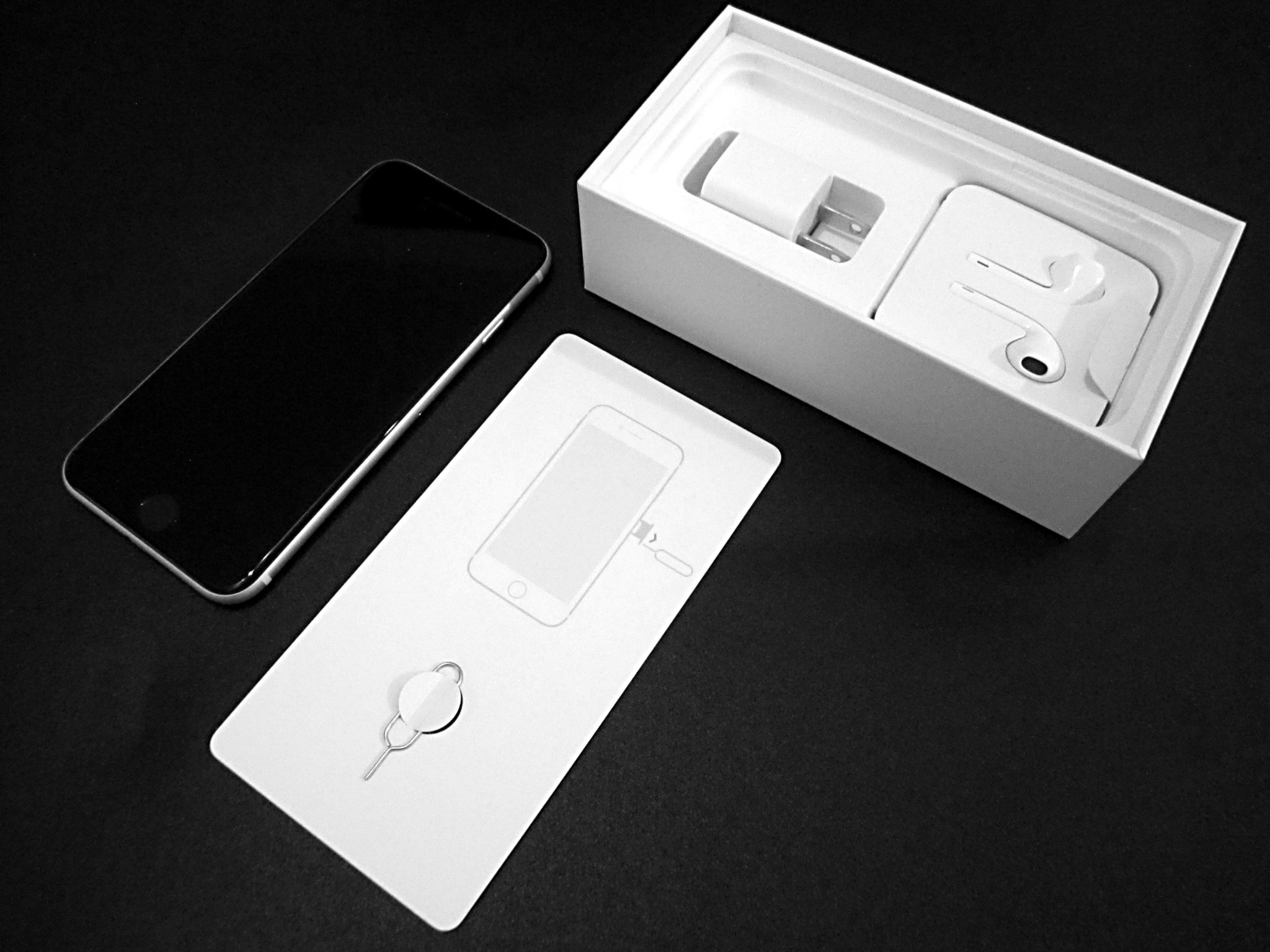
In today’s competitive marketplace, packaging has evolved far beyond mere protection and containment. It has transformed into a powerful statement of brand excellence, company values, and product quality. What began as a revolutionary approach by forward-thinking companies like Apple has now become an essential component of premium brand strategy, fundamentally changing how consumers perceive and interact with products before they even experience them.
The transformation of packaging from functional necessity to experiential art form can be traced back to Apple’s groundbreaking approach in the early 2000s. When Steve Jobs and his team redesigned the packaging for products like the original iPod and iPhone, they weren’t just creating containers—they were orchestrating carefully choreographed experiences. Apple understood that the moment a customer begins opening a package, they’re already forming critical impressions about the product inside.
Apple’s packaging design philosophy centered on creating anticipation, building excitement, and reinforcing the premium nature of their products. Every element, from the magnetic closures to the precise arrangement of components, was meticulously planned to enhance the customer’s emotional connection to the brand. This wasn’t accidental; it was strategic excellence in action.
Apple’s innovative approach didn’t just influence other companies—it spawned an entirely new cultural phenomenon. The concept of “unboxing videos” emerged as consumers began sharing their package-opening experiences online, turning what was once a private moment into a public celebration. Today, unboxing videos generate millions of views across platforms like YouTube, Instagram, and TikTok, with some channels dedicated entirely to this content.
This cultural shift represents more than just social media entertainment; it demonstrates how packaging has become an integral part of the product story. When consumers film themselves opening a package, they’re not just documenting product acquisition—they’re sharing an experience that the company has carefully crafted. The packaging becomes part of the product’s narrative, extending its value proposition beyond functionality to emotional engagement.
While Apple pioneered the premium packaging experience, numerous other companies have recognized and embraced this trend, each adapting the principles to their unique brand identities and customer expectations.
Tesla revolutionized automotive accessory packaging by treating even simple items like charging cables as premium experiences. Their sleek, minimalist packaging reflects the company’s cutting-edge technology focus while reinforcing their position as an innovation leader.
Tiffany & Co. has long understood packaging excellence through their iconic blue boxes, which have become so synonymous with luxury that the color itself is trademarked. The anticipation created by that distinctive packaging adds immeasurable value to the jewelry inside.
Samsung responded to Apple’s packaging innovation by developing their own sophisticated unboxing experiences for flagship devices, recognizing that premium packaging was essential for competing in the high-end smartphone market.
Dyson transformed the mundane world of vacuum cleaner packaging into something resembling high-end electronics, using clear windows, premium materials, and innovative structural design to communicate their products’ technological sophistication.
The effectiveness of high-end packaging extends beyond aesthetics—it’s rooted in consumer psychology. Quality packaging triggers what researchers call the “halo effect,” where positive impressions of one aspect of a product (its packaging) influence perceptions of other aspects (quality, performance, value). When customers encounter thoughtfully designed packaging, they unconsciously associate those same qualities with the product inside.
Furthermore, premium packaging creates a sense of ceremony around product acquisition. This ritualistic aspect of unboxing transforms a simple transaction into a memorable experience, increasing customer satisfaction and brand loyalty. Companies that understand this psychological impact gain significant competitive advantages in customer retention and word-of-mouth marketing.
Investing in high-end packaging creates measurable business outcomes. Studies show that premium packaging can increase perceived product value, directly impacting pricing strategies and profit margins. Companies that prioritize packaging excellence often see improvements in customer satisfaction scores, reduced return rates, and increased social media engagement.
The unboxing phenomenon has created additional marketing value that extends far beyond the initial purchase. When customers share unboxing experiences on social media, they’re providing authentic, user-generated content that builds brand awareness and credibility. This organic marketing reach can be worth thousands of dollars in traditional advertising value.
Creating packaging that truly represents company excellence requires more than good intentions—it demands technical expertise, advanced materials, and precise execution. High-end packaging often incorporates specialized finishing techniques like embossing, debossing, foil stamping, and spot UV coatings that require sophisticated printing capabilities.
The structural engineering of premium packaging presents unique challenges. Designers must balance visual appeal with functional requirements, ensuring that packages protect their contents while creating the desired emotional impact. This often involves custom die-cutting, complex folding patterns, and innovative closure mechanisms that require specialized printing and manufacturing expertise.
Modern high-end packaging must also address environmental concerns without compromising quality or impact. Leading companies are increasingly adopting sustainable packaging practices that align with consumer values while maintaining premium positioning. This requires innovative approaches to material selection, design efficiency, and end-of-life considerations.
The challenge lies in creating packaging that feels luxurious and substantial while minimizing environmental impact. This balance requires sophisticated material knowledge, design expertise, and manufacturing capabilities that not all printing companies possess.
The evolution of packaging from functional necessity to brand extension has created new demands for printing and packaging companies. Businesses seeking to leverage packaging as a competitive advantage need partners who understand both the artistic and technical aspects of premium packaging creation.
At GoldLeaf Print & Packaging, we pride ourselves on delivering the sophisticated printing solutions that high-end packaging requires. Our team brings deep expertise in advanced printing techniques, premium materials, and innovative finishing options to every project. We know how to take your brand vision and translate it into packaging that truly stands out. Our commitment to quality and attention to detail means every box or bag we produce becomes a powerful ambassador for your brand—creating memorable experiences that drive customer loyalty and help your business grow.
When packaging represents your company’s excellence, every detail matters. Choose a printing partner who shares your commitment to exceptional quality and understands the strategic importance of packaging in today’s marketplace. Your brand’s reputation—and your customers’ first impressions—depend on it.